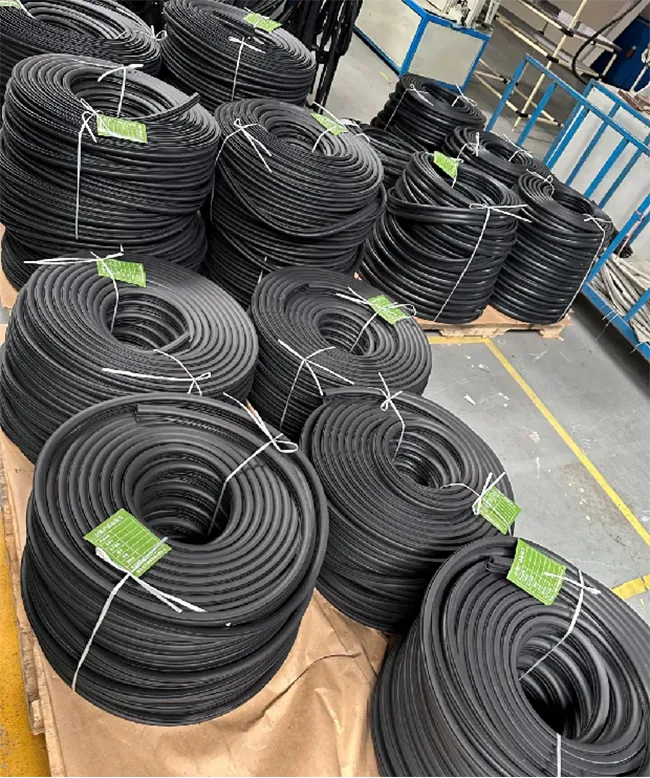Jute Rope Production by Leading Manufacturer and Supplier for Various Applications
The Art and Craft of Jute Rope Manufacturing
Jute, often referred to as the golden fiber, is a versatile and sustainable natural resource that has been utilized for centuries in various applications. Among its many uses, jute rope stands out as a durable, eco-friendly, and biodegradable product that has found its place in industries ranging from agriculture to construction. The process of jute rope manufacturing is a fascinating blend of traditional craftsmanship and modern techniques, ensuring high quality and sustainability.
Understanding Jute as a Raw Material
Jute fibers are derived from the jute plant, primarily grown in warm, humid climates such as Bangladesh and India. This plant is favored not only for its rapid growth but also for its minimal environmental impact. Jute cultivation requires relatively low amounts of chemical fertilizers and pesticides, making it an eco-friendly choice compared to synthetic alternatives. The fibers are harvested, retted, and separated before being spun into yarn for rope production. The natural properties of jute, including strength and durability, make it ideal for rope manufacturing.
The Manufacturing Process
The journey of transforming raw jute fibers into a usable rope involves several key steps. Initially, the freshly harvested jute stalks undergo retting—a process that breaks down the pectin that binds the fibers together. This can be done through water retting or dew retting, depending on the environmental conditions and the desired quality of the fibers. Once retted, the fibers are dried and then separated, graded, and baled for the spinning process.
In the spinning phase, the graded fibers are twisted together to form jute yarn. This phase can be executed using both traditional hand-spinning techniques and modern spinning machines, depending on the scale of production. The yarns are then twisted together in varying degrees to create different thicknesses and strengths of rope. The twisting process is crucial, as it determines the rope's tensile strength and flexibility. Quality control during this stage ensures that the final product meets industry standards.
hank of jute rope manufacturer

Types and Uses of Jute Rope
Jute ropes come in various forms, catering to diverse applications. For instance, thick, sturdy jute ropes are ideal for heavy-duty applications like construction, shipping, and agricultural use, where strength and durability are paramount. On the other hand, finer jute ropes are often used in crafts, home decor, and gardening. Due to their biodegradable nature, jute ropes are also increasingly favored for eco-friendly gardening solutions, such as plant ties and support structures.
Sustainability and Market Demand
As global awareness of environmental issues heightens, the demand for sustainable products has surged. Jute, with its minimal ecological footprint, is gaining popularity among environmentally conscious consumers and industries. Many manufacturers are adopting practices that not only focus on production efficiency but also on social responsibility, ensuring fair wages and safe working conditions for workers in the jute industry.
Today, jute rope manufacturers are leveraging innovative technologies to enhance production efficiency while maintaining the quality and sustainability of their products. The rise of e-commerce has also opened up new avenues for jute products, enabling manufacturers to reach a broader market and promote jute’s eco-friendly properties to a global audience.
Conclusion
In conclusion, the manufacturing of jute rope is a perfect example of traditional skills meeting modern needs. With its robust, biodegradable characteristics, jute rope presents a sustainable alternative to synthetic materials, catering to various industries and consumer preferences. As the global interest in sustainability continues to grow, jute rope manufacturers are well-positioned to thrive, contributing positively to the environment and supporting local economies. Embracing this golden fiber not only helps in preserving traditional craftsmanship but also paves the way for a greener future.
Share
-
The Best Lubricants for Aluminum Roller GuidesNewsJul.23,2025
-
Slitting Machine Applications in the Packaging IndustryNewsJul.23,2025
-
Rolling Roller Balancing Techniques for Smooth OperationNewsJul.23,2025
-
How To Optimize An EV Battery Assembly LineNewsJul.23,2025
-
Energy Efficiency in Modern Battery Formation EquipmentNewsJul.23,2025
-
Automation Trends in Pouch Cell Assembly EquipmentNewsJul.23,2025







